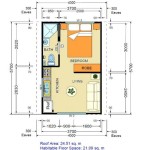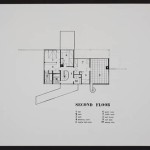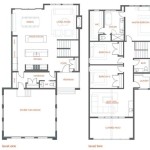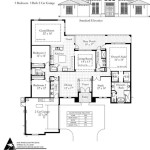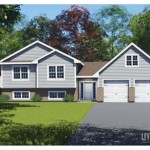Unveiling the Architectural Essence of Traditional Japanese Mansion Floor Plans
The traditional Japanese mansion, known as a minka, is a testament to the country's rich architectural heritage. These impressive structures embody a unique blend of functionality, aesthetics, and cultural significance. Delving into the intricate floor plans of minka homes provides valuable insights into the daily lives and values of Japan's past.
Principles of Minka Floor Plans
Minka floor plans are guided by several key principles that have evolved over centuries. One fundamental aspect is the emphasis on open and flexible spaces. Rooms in a minka are often separated by sliding doors or partitions, known as fusuma and shoji, which allow for reconfiguration to accommodate changing needs and occasions.
Another guiding principle is the integration of nature into the living space. Gardens, courtyards, and verandas are often incorporated into the design, providing a seamless connection between the interior and exterior. The presence of natural elements is believed to foster harmony and well-being within the home.
Functional Zones
Minka floor plans typically consist of distinct functional zones that cater to various daily activities.
- Living Area: The main living area, known as the zashiki, is the heart of the home where guests are received and family gatherings take place.
- Sleeping Quarters: Bedrooms, called heya or nema, are usually located in the rear portion of the house, providing a private space for rest and privacy.
- Cooking Area: The kitchen, known as the daidokoro, is often situated near the entrance and features a sunken hearth or stove called an irori.
- Bath Area: Bathing in traditional Japanese culture holds great significance, and bathing areas are usually located in the back of the house, adjacent to the kitchen.
Spatial Relationships
The spatial relationships between different rooms and functional zones in a minka floor plan are carefully considered. The positioning of the zashiki, for example, often allows for direct access to a garden or courtyard, enhancing the connection between the living space and nature.
Corridors, known as roka, are designed to be narrow and often feature a zigzag pattern, a design element that helps maintain privacy and prevent direct views into private areas such as bedrooms.
Hierarchy and Symbolism
Traditional Japanese floor plans also reflect social hierarchy and cultural symbolism. The position of the zashiki, for instance, indicates the status of the homeowner, with the most important room being located in the most prominent position.
Additionally, specific rooms may be dedicated to ancestral worship or other ritual activities, symbolizing the importance of family and community in traditional Japanese society.
Conclusion
Exploring the floor plans of traditional Japanese mansion reveals a wealth of insights into the cultural, functional, and aesthetic underpinnings of Japanese architecture. The principles of open spaces, integration with nature, functional zones, and spatial relationships provide a glimpse into the daily lives and values of Japan's past.
Today, these principles continue to inspire contemporary Japanese architecture and interior design, ensuring that the legacy of minka floor plans remains a vital part of Japanese architectural heritage and identity.

Traditional Japanese House Floor Plan Google Search Plans

Traditional Japanese Home Floor Plan Cool House Plans Ideas Des Architecture Style

Japanese Home Design Ideas Pictures 331 Sqm Homestyler

Hachidori Floor Plan Traditional Japanese House Japan Design Home Plans

Typical Home Layouts Differences Between Japan And Abroad

Traditional Japanese Home Layout House Style Plans

Japanese Home Design Ideas Pictures 331 Sqm Homestyler

Pin By Kim Slocum On Floor Plans Traditional Japanese House Style

Traditional Japanese Architecture Tea Ceremony Japan Experiences Maikoya

Prefab Japanese Pavilion Traditional Architecture

